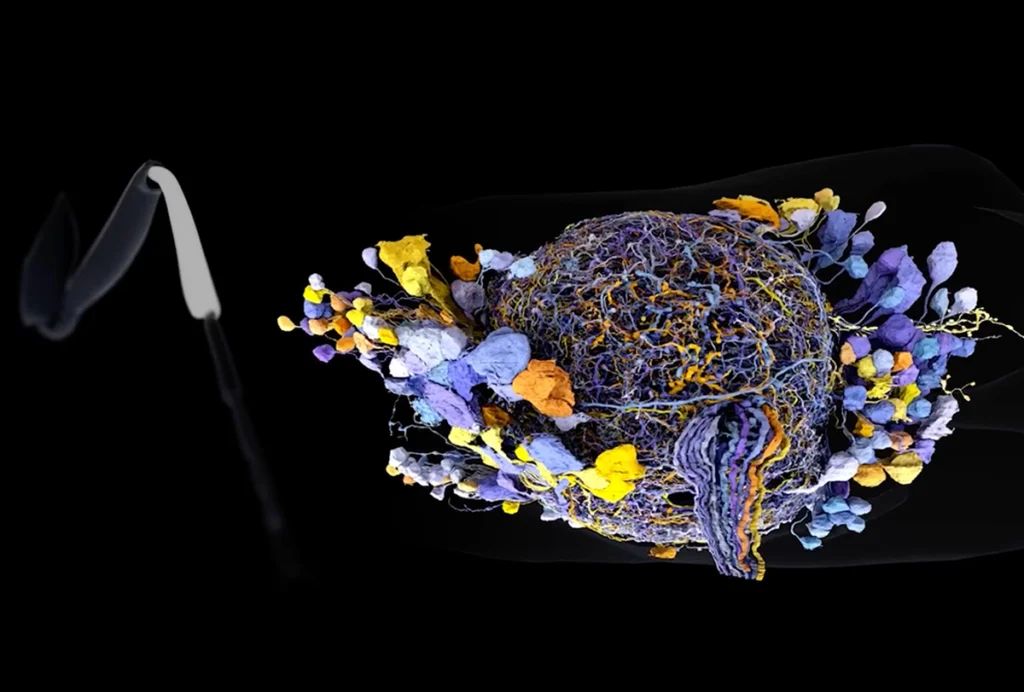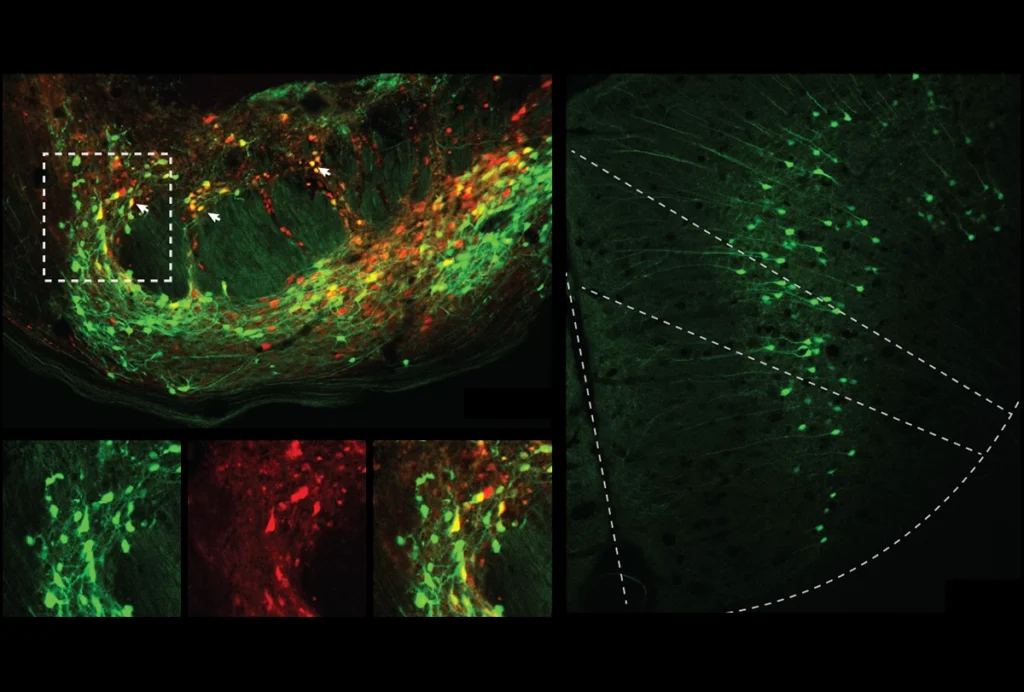Emma Bryce is a freelance journalist and editor based in London. Her work has appeared in publications including The Guardian, WIRED Magazine UK, Audubon Magazine, TED Education, The Atlantic, The New York Times, Slate, and Yale360. She’s written about everything from birds and oil rigs, to wave farms, insect consumption, and egg thieves. On her Guardian blog, World on a Plate, she also covers a range of issues relating to food and the environment. For TED Education, she edits scripts that get turned into animated videos.
Emma Bryce
Freelance writer
From this contributor
Advancing early interventions for autism
Some therapies use play and other activities to reinforce skills that autistic children often find challenging. Trials show these methods can change a child’s trajectory for the better, but the evidence base remains thin.
How the striatum is linked to autism
The repetitive behaviors seen in autism may originate in the striatum, a cluster of neurons involved with initiating and executing movements.
Repetitive behaviors and autism
New thinking about repetitive behaviors suggests they provide stress relief and fun for autistic people; as such, these behaviors deserve careful management.
How autism’s definition has changed over time
Don’t judge this book by its decidedly dull cover: Across its pages, some of the most dramatic changes in the history of autism have played out. This short animation chronicles how a diagnostic manual has defined and redefined autism over the years.
How autism’s definition has changed over time
Explore more from The Transmitter
New connectomes fly beyond the brain
Researchers are mapping the neurons in Drosophila’s ventral nerve cord, where the central nervous system meets the rest of the body.

New connectomes fly beyond the brain
Researchers are mapping the neurons in Drosophila’s ventral nerve cord, where the central nervous system meets the rest of the body.
Building an autism research registry: Q&A with Tony Charman
A purpose-built database of participants who have shared genomic and behavioral data could give clinical trials a boost, Charman says.

Building an autism research registry: Q&A with Tony Charman
A purpose-built database of participants who have shared genomic and behavioral data could give clinical trials a boost, Charman says.
Cerebellar circuit may convert expected pain relief into real thing
The newly identified circuit taps into the brain’s opioid system to provide a top-down form of pain relief.

Cerebellar circuit may convert expected pain relief into real thing
The newly identified circuit taps into the brain’s opioid system to provide a top-down form of pain relief.